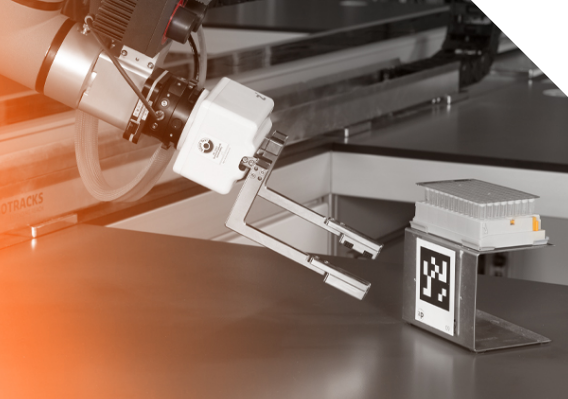RPA vs Traditional Automation - Exploring the Differences

Share this article
Both Robotic Process Automation (RPA) and Traditional Automation have been at the forefront of the rapid changes to technology over the past couple of decades. In recent years, we’ve seen automation play a pivotal role in providing increased efficiency and streamlining processes across numerous industries. Whether in manufacturing, finance, healthcare, or logistics, the adoption of automation technologies is reshaping the landscape of complex and repetitive tasks.
In this article, we focus on the core differences between RPA and traditional automation, unwrapping the differences and how they can each be utilised to achieve operational perfection.
Article contents
- RPA VS Traditional Automation
- Deep Dive: Robotic Process Automation (RPA) Explained
- When to choose RPA
- When to choose traditional automation
RPA VS. Traditional Automation
RPA is:
- Repetitive, rule based
- May not be suitable for environments that require adaptability to dynamic changes
- RPA is quicker to ‘train’ to follow task lists, since it watches and mimics human actions
- Can work out more cost effective in the short term
Whereas traditional automation:
- Can include a broad range of tasks, both repetitive and non-repetitive
- Is better suited to complex, dynamic processes
- Takes more time to program and may need the involvement of engineers/programmers
- Upfront costs may be higher, but can lead to savings in the long term
Deep Dive: Robotic Process Automation (RPA) Explained
Robotic Process Automation can broadly be defined as a software based technology that is programmed to emulate human actions.
Whilst traditional workflow management and automation softwares require an engineer to input a sequence of actions for the software to execute, RPA watches a user perform a set of tasks and then replicates them - developing its own list of actions.
RPA software is geared up for API integration, meaning that it can be used cohesively with existing technologies and tools, including enterprise applications and machine learning/AI services. The adaptable nature of this form of automation makes it popular for larger enterprise operations where flexibility and scalability are vital to ensuring ongoing success.
Despite its adaptability, RPA follows pre-defined rules which can mean it struggles to keep up with unexpected changes. It isn’t capable of complex decision making and without being combined with machine learning/AI technology, it will struggle to adapt to seemingly simple challenges, like alterations to user interfaces. This is where more traditional automation systems might be more useful.
When to choose RPA
Robotic Process Automation is ideal in office and business environments, and can automate arduous, time consuming processes to free up workers for more complex tasks.
Use cases for RPA include:
- Data entry
- Invoice processing
- Admin tasks
- Payroll
- Invoice processing
- Supply chain management
- Compliance monitoring
When to choose traditional automation
Traditional automation should be utilised where a more complex solution is needed, especially where various machines and instruments are involved. These are some common use cases for traditional automation:
- Manufacturing processes
- Assembly lines
- Complex data analysis
- System integrations
- Automated testing of consumer goods, medical devices, and more
Choosing LabExpert® for your automation needs
Whilst some systems require an experienced engineer to program tasks, Astech’s LabExpert® makes it possible for simple workflow editing to be carried out by workers using a simple user interface. This removes one of the most common barriers to entry that traditional automation can present.
Find out more about the LabExpert® software today, or get in touch with the Astech Projects team to discuss which form of automation is best for your needs.


